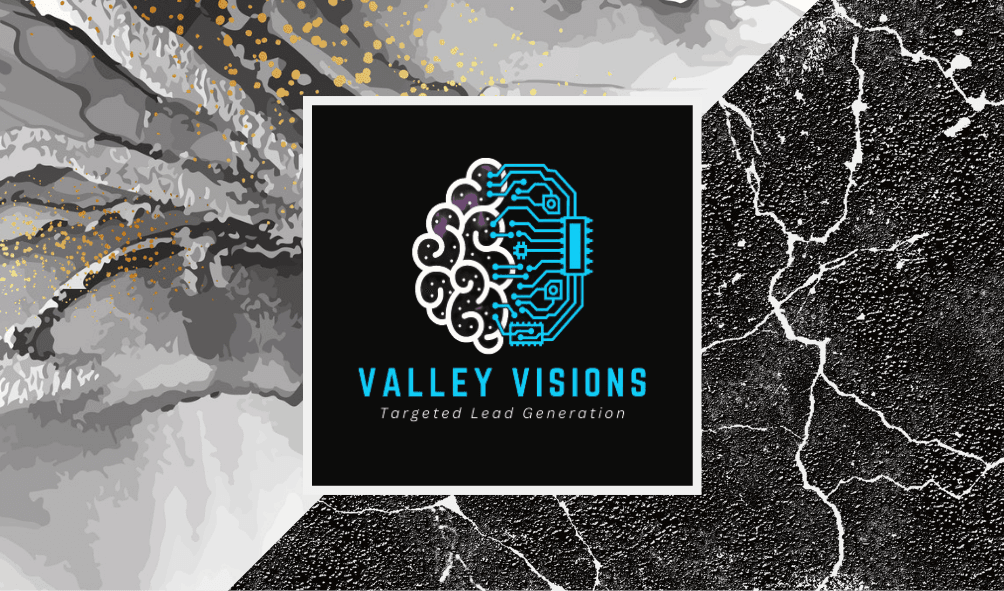Building an Effective Marketing Funnel: A Step-by-Step Guide
Understanding the Marketing Funnel
Building an effective marketing funnel is crucial for guiding potential customers through the journey from awareness to conversion. A well-structured funnel not only enhances customer experience but also boosts sales and brand loyalty. In this guide, we'll explore the steps to create a marketing funnel that works.

Stage 1: Awareness
The first stage of the marketing funnel is awareness. At this point, potential customers become aware of your brand or product. It's essential to capture their attention with engaging content. Consider using blog posts, social media, and online ads to reach a broader audience and build brand recognition.
Stage 2: Interest
Once you've captured attention, the next step is to generate interest. Provide valuable information that resonates with your audience's needs and concerns. This could include educational content, webinars, or newsletters that highlight the benefits of your product or service.

Creating a Connection
Building a connection with potential customers is vital. Personalized content and targeted marketing campaigns can help establish a relationship. Use customer segmentation to tailor your messages to different audience groups, ensuring relevance and engagement.
Stage 3: Consideration
During the consideration stage, potential customers evaluate whether your product or service meets their needs. Offer detailed product information, customer testimonials, and case studies to build trust and credibility. This is where you can demonstrate your unique selling proposition (USP).

Stage 4: Intent
Intent is where customers are ready to make a purchase decision. Encourage them with special offers, free trials, or demos. Clearly communicate the value and benefits, and reduce any purchase hesitations with a seamless buying process.
Driving Conversions
The final goal of the marketing funnel is to convert potential customers into paying clients. An optimized checkout process and clear call-to-action (CTA) are critical. Ensure that your website is user-friendly and mobile-responsive to facilitate easy transactions.
Stage 5: Purchase
The purchase stage is where the conversion happens. Simplify the buying process with easy payment options and clear instructions. Providing excellent customer service at this stage can enhance the customer experience and encourage repeat business.

Stage 6: Loyalty and Advocacy
After the purchase, focus on building customer loyalty. Encourage repeat purchases with loyalty programs, personalized follow-ups, and exclusive offers. Satisfied customers can become brand advocates, spreading positive word-of-mouth and bringing in new leads.
In conclusion, an effective marketing funnel is a powerful tool for driving conversions and fostering long-term customer relationships. By understanding each stage and implementing targeted strategies, businesses can enhance their marketing efforts and achieve sustainable growth.
